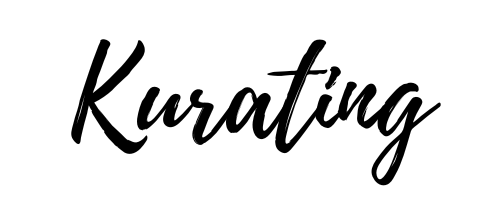
New concepts are often complex and difficult to understand. However, as an artist, it is often important to try to understand these new concepts, especially when they affect your arts practice, in order to harness the potentials embedded in them.
In this article, we’ve provided a guide to understanding how NFTs (non-fungible tokens) work in the arts space and how they concern artists. So, if you’ve been curious about what NFTs are, but overwhelmed with the amount of tech jargon associated with it, then this article is right for you. Here, we break down the nitty gritties of NFTs to bite sizes for you to consume.
1. NFTs are digital art
As opposed to traditional art that you can touch, NFTs are digital, and are operated electronically. Compare this to traditional physical cash vs cryptocurrencies or digital money. You get it.
2. Why should I buy NFTs when I can just make screenshots of the files or record my screen (Na mumu dey go boutique)?
Remember that unlike any other asset, NFTs are non-fungible or not forgeable, meaning that they are unique and there really can only be one authentic NFT file. Think of it this way, the Louvre Museum in Paris owns the Mona Lisa which is valued at about $900M. Yet, thousands of people have copies of the Mona Lisa in form of screenshots, t-shirts etc. But none of these are authentic, none of these are valued at about $900M which is the value of the original. Same way the fact that even though NFTs are digital and electronic copies like screenshots can easily be made, none of these copies grants ownership rights to the copiers.
Wonder how the original can be traced amongst many copies? Well, that’s the beauty of NFTs. Much like cryptocurrencies, they run on blockchain technology, and the beauty of blockchain is its transparency. So pretty much anyone can trace the origin or provenance of NFTs, to know who owns it.
3. What can I make an NFT of?
Pretty much anything can be made an NFT of. Take a moment to think of a concept that exists, anything at all, it could be your first art work, a picture from your first date with le boo, a video of your child taking her first steps, a blog post, a sound, anything you can transmit via a file digitally, can be made an NFT. When thinking of NFTs, broaden the scope of your vision, make it as wide, and as wild as the Metaverse.
4. What particular benefits do NFTs portend for me as an artist?
Amongst others is the concept of continuing royalties. NFTs are designed such that whenever an NFT is resold, the artists who created the artwork, gets a percentage of the value for which it is resold. So even if your big break is yet to come, when it eventually does come, you get a percentage of the proceeds of the sale of NFTs you made before the break.
This is an extra incentive for growth so collectors who buy NFTs of an artist yet to get their big break, also get rewarded when such artist gets their big break. NFTs are also designed to remove middlemen from the equation when it comes to sale of art. Hence, artists would no longer need to split their profits with art galleries, and their customers would be able to connect directly with them.
5. “NFTs are so pricey I want to buy an NFT but I don’t have a million dollars”
NFTs are not necessarily pricey, just as with the traditional art market where established artists sell for millions and early stage artists for less, so it is with NFTs. Artist have sold NFTs for little as $41, NFTs have been given out for free, and NFTs have been sold for millions of dollars. As always, the price for stuff depends on the market forces of demand, supply and what the stakeholders are saying.
*disclaimer: this is not investment advice, contact your investment advisors for professional investment advise.




